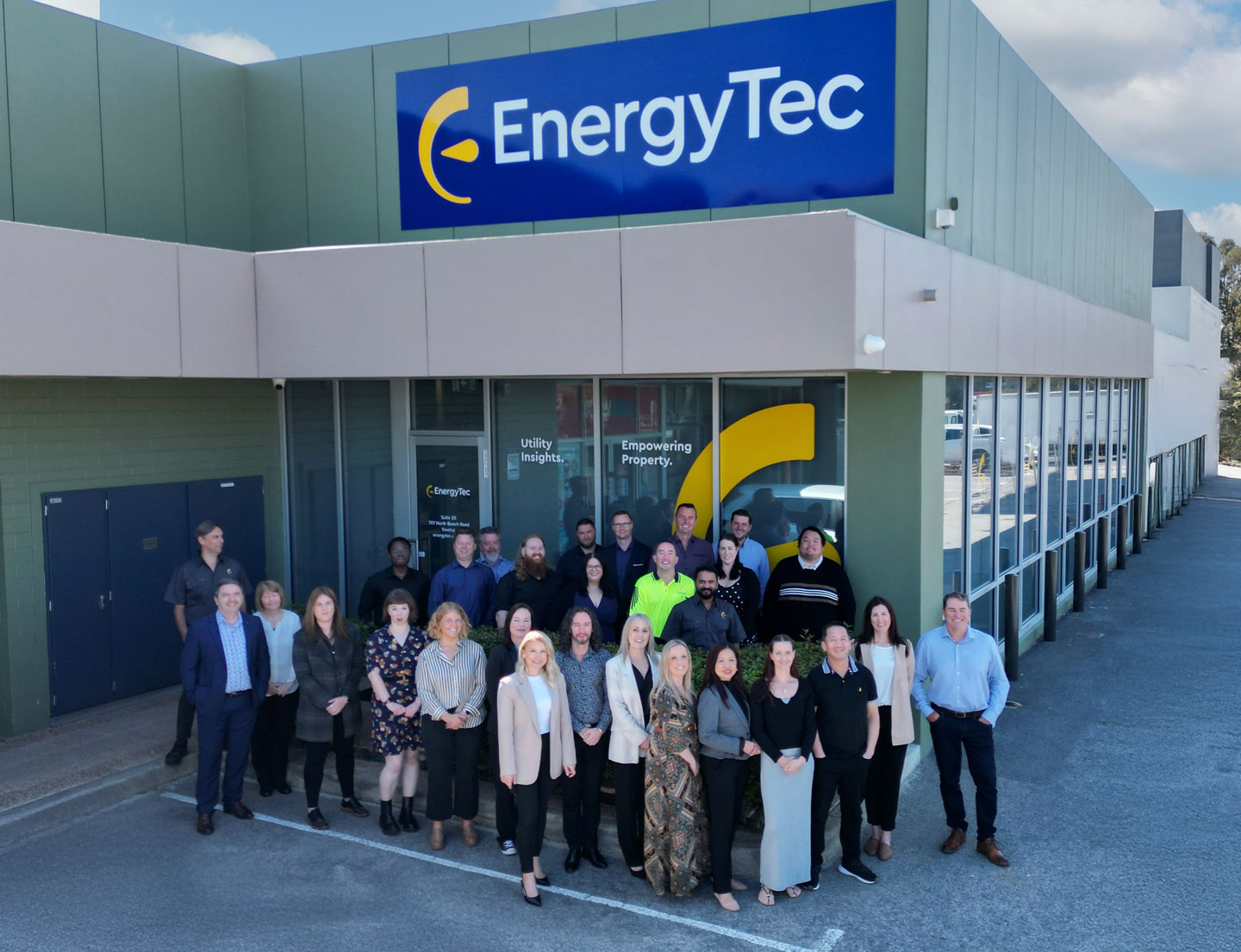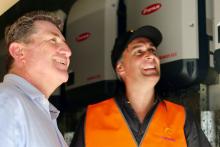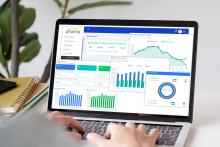EnergyTec is leading the way with the energy transition to the embedded network code of practice which has taken centre stage in 2025 and will continue through to 2026.


As we enter the start of a new financial year, the energy and utilities sector is experiencing rapid transformation.
Regulatory shifts, growing expectations around sustainability, and increasing demand for data transparency are reshaping how businesses operate in this space.
Damien Moran, general manager at EnergyTec, explained to Business News that the year ahead will be a pivotal time for energy users and operators.
It is a particularly important time for those managing embedded networks or aiming to meet carbon and compliance targets.
“While the embedded network code of practice is expected to come into full force in 2026, now is the time to prepare,” Mr Moran said.
“The past 12 months have marked a turning point. Compliance is no longer optional, and sustainability is becoming central to how businesses manage risk and reputation.”

New compliance era
While the embedded network code of practice is currently voluntary and is not yet in full swing, regulators have made it clear that a more rigorous, standardised approach is on the horizon.
Full implementation of the embedded network code of practice is likely by 2026.
Mr Moran explained that the code aims to raise operational standards across embedded networks. This includes registration requirements with both the Economic Regulation Authority (ERA) and the Energy and Water Ombudsman.
This means enhanced dispute resolution processes and clearer rules around metering accuracy, fees, tariffs and electricity supply arrangements. The code will also introduce greater reporting obligations and demand audit-ready systems and documentation.
EnergyTec has been helping clients navigate the early stages of these changes – with a focus on ensuring metering systems, utility accounting processes and operational documentation are aligned with the expected compliance framework.
Mr Moran stressed the importance of getting ahead of the curve, noting that those who act early will be better placed to manage costs and avoid disruptions.
“Operators who don’t start preparing now will find themselves on the back foot,” he said. “The clients who are proactive now will have the greatest flexibility and the lowest cost of transition when the code becomes mandatory.”

Environmental reporting
In parallel, there is growing pressure on businesses to enhance their environmental accountability, particularly Scope 1, 2, and 3 emissions.
This shift is being driven by several factors, including the federal government’s safeguarding, investor expectations, and the increasing likelihood that emissions reporting will become standard practice within the property and infrastructure sectors.
According to Mr Moran, even sectors previously viewed as lower risk are now coming under scrutiny.
Commercial landlords, for example, may be asked to quantify emissions generated by site electricity supply and common area usage – particularly if tenants are considered large businesses under new thresholds, which assess annual revenue and employee numbers.
“Transparency and credibility in sustainability reporting are becoming non-negotiable,” Mr Moran said.
“More clients, particularly those in the commercial, retail and strata property space, are seeking ways to track, validate and reduce emissions across their portfolios.”
Smarter platform to manage energy
To help clients manage these evolving requirements, EnergyTec has been investing heavily in its secure utility portal, Pharos.
The platform allows users to access accurate metering data across multiple utilities, generate exportable emissions reports, and track financial and usage trends by property or utility type.
It also stores historical consumption data, helping clients prepare for audits and analyse trends year-on-year.
Mr Moran said Pharos is helping to reduce the reliance on in-house teams or third-party consultants by simplifying utility data management and reporting processes.
“Pharos is about visibility and control. It reduces reliance on manual reporting and external advisory costs, while empowering clients to make data-informed decisions,” he said.
Looking ahead to the next financial year, EnergyTec plans to expand the platform’s features. New capabilities will include tenant portals for improved transparency, enhanced visualisation and reporting tools, and integrated emissions tracking that supports early-stage Scope 2 reporting.
The platform will also offer additional support for clients seeking alignment with NABERS and GRESB standards.

Preparing for the year ahead
Mr Moran said now is the time for businesses to start preparing for the challenges and opportunities of the next financial year.
This includes reviewing the integrity of their embedded network infrastructure and record-keeping systems to ensure they can withstand regulatory scrutiny.
It also means building or refining carbon accounting frameworks, identifying data gaps, and assessing emissions boundaries, while aligning with sustainability objectives.
Mr Moran noted that many clients are also exploring renewable energy solutions such as solar, battery storage and green energy supply, with an eye toward reducing both emissions and long-term energy costs.
He said that market awareness is shifting, with growing recognition that advanced meter networks enable time-of-use data, allowing operators and tenants to better manage energy consumption and improve efficiency.
From a pricing perspective, advanced meters also support more flexible tariff structures, such as peak and off-peak rates, that align with how property owners negotiate energy supply through the WA contestable energy market.
“Synergies develop when owners and occupants can align their energy pricing in with the usage patterns of the site they occupy, especially when renewables come into the fold,” he said.
“When a site has a quality advanced meter network with data integrity and depth, best practice energy management becomes achievable.”
The next year leading into 2026 will be a pivotal time for businesses managing embedded networks, especially those operating across multiple sites.
“We help clients prepare for compliance, identify cost savings and emissions reductions, and can design a strategy that achieves all three,” Mr Moran said.
EnergyTec encourages operators to engage early, book a planning session, and leverage technology like Pharos to reduce complexity, improve visibility, and stay ahead of both regulatory and market expectations.
“A well-run embedded network or emissions strategy can be a commercial advantage,” Mr Moran said.
“As the pace of change continues to accelerate, those who embrace compliance and sustainability will be ahead of the curve.”











